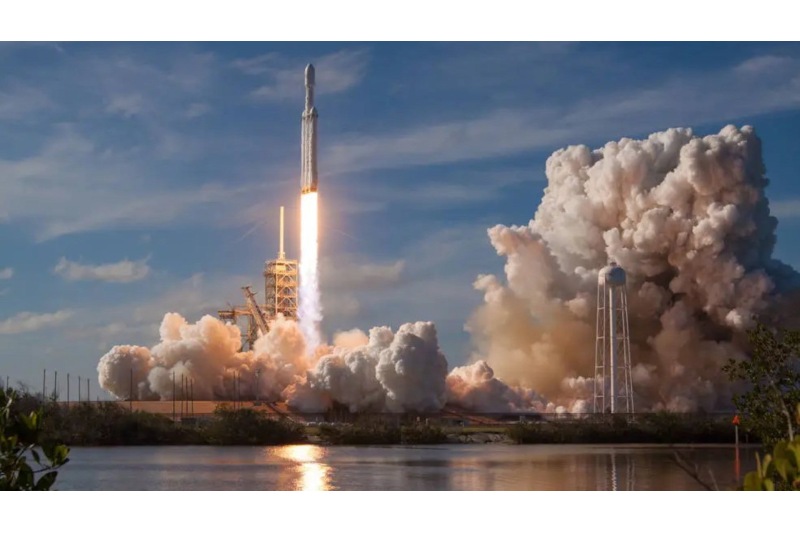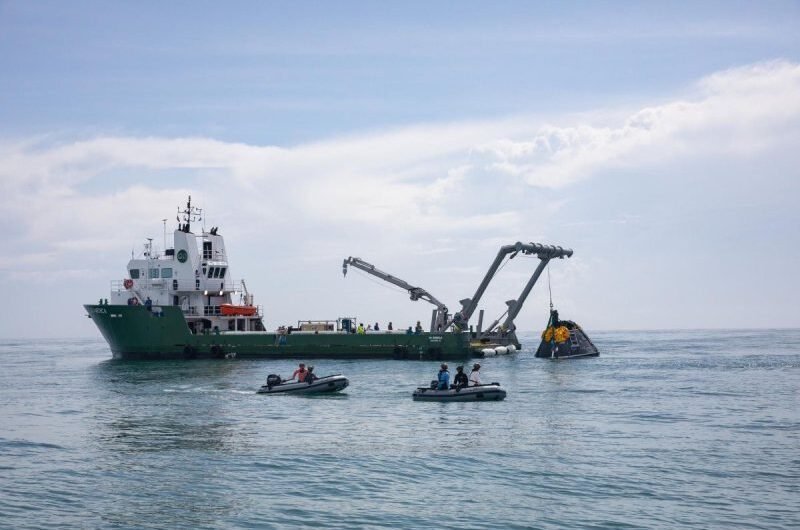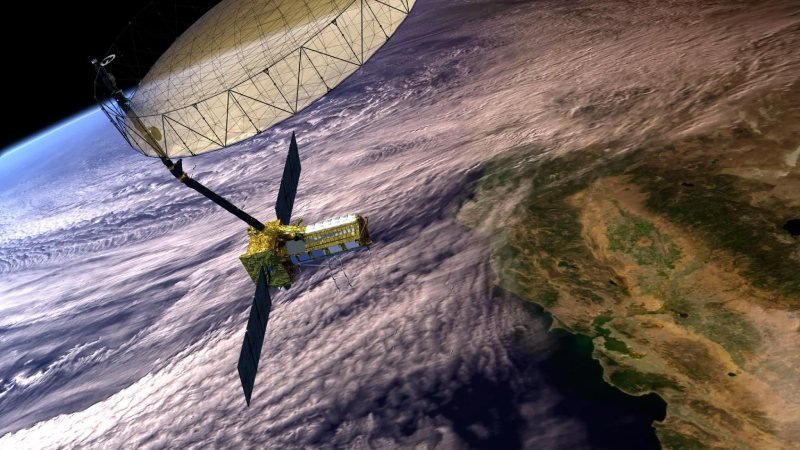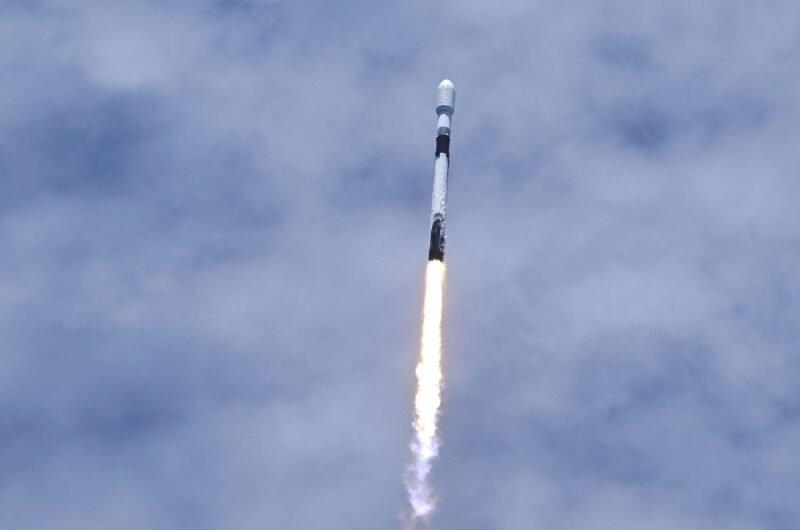In light of modifications made to the spacecraft during a 2019 evaluation, the Federal Aviation Administration is getting ready to begin an environmental review of SpaceX Starship launches from a pad at the Kennedy Space Center.
The FAA’s Office of Commercial Space Transportation said in a Federal Register notice dated May 10 that it has begun the process of creating an environmental impact statement (EIS) for Starship launches from KSC’s Launch Complex 39A. In order for the FAA to authorize a launch license for Starship from that pad, they need that EIS.
A series of public scoping meetings, both in-person and virtually, are planned for June to kick off that process. The FAA will be able to outline their plans for the EIS at those sessions and get input from the public on the concerns that they should take into account for that environmental study.
The EIS represents the second environmental assessment pertaining to SpaceX’s proposed Starship launch operations from LC-39A. NASA found that the company’s plans to construct launch infrastructure at LC-39A for Starship will not have a substantial impact after completing an environmental assessment (EA) of those plans in 2019. SpaceX had planned to launch up to 24 Starships from that pad every year at the time.
The FAA determined that because Starship’s activities and design had changed after the 2019 evaluation, a new EIS is required. According to the FAA, “SpaceX now proposes to construct additional launch infrastructure, including a catch tower for Super Heavy booster landings, not previously contemplated in the 2019 EA.” Since 2019, the Starship/Super Heavy design has undergone substantial modification, and SpaceX has talked about intentions to continue improving it.
SpaceX is currently considering launching up to 44 times a year from LC-39A, which is a higher launch rate. The Super Heavy rocket will land back at LC-39A as well. Previously, EA SpaceX had suggested landing the booster at Landing Zone 1, the old Launch Complex 13 at the adjacent Cape Canaveral Space Force Station, or on a droneship.
At LC-39A, SpaceX has already built some infrastructure for Starship missions, including a launch tower that is significantly taller than the one currently in use for Falcon launches. The FAA stated that the 2019 assessment’s scope includes such work, but the EIS is required for new launch infrastructure—such as a deluge system—that will support booster landings and other launch requirements.
The Department of the Air Force is leading an EIS for Starship launches from Cape Canaveral Space Force Station, and this new study will be conducted concurrently with it. The research will look into the possibility of using both the now-retired Delta 4 launch pad, Space Launch Complex (SLC) 37, and a new site called SLC-50, which would be constructed between SLC-37 and the next pad to the north, SLC-40, which is currently home to SpaceX’s Falcon 9.
A schedule for finishing the EIS for Starship launches from LC-39A was not provided by the FAA. Scoping sessions for the Space Force study were held in March, and the schedule called for the publication of a final EIS in September 2025 and a record of decision, which would designate the launch site for Starships, one month later.
Topics #FAA #KSC #NASA #Starship Launches











